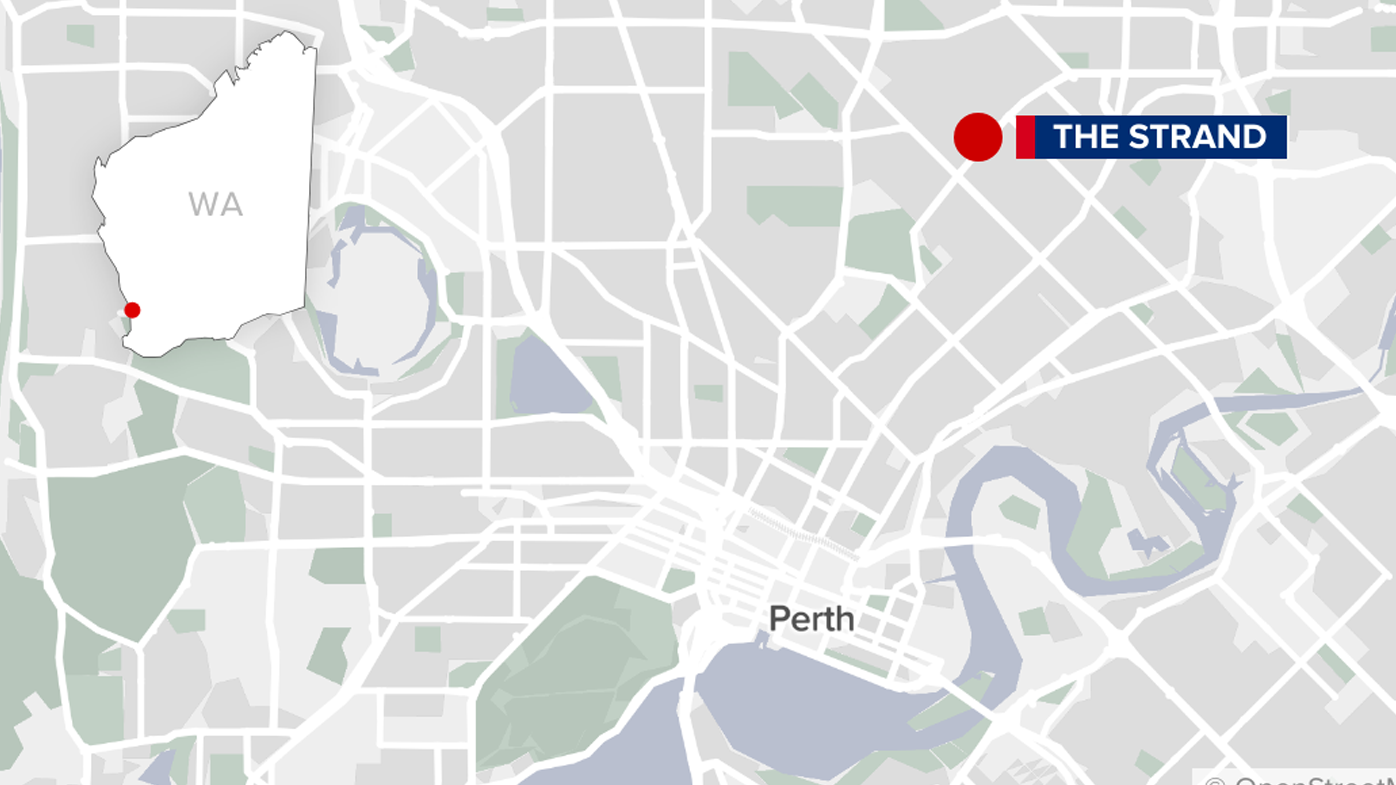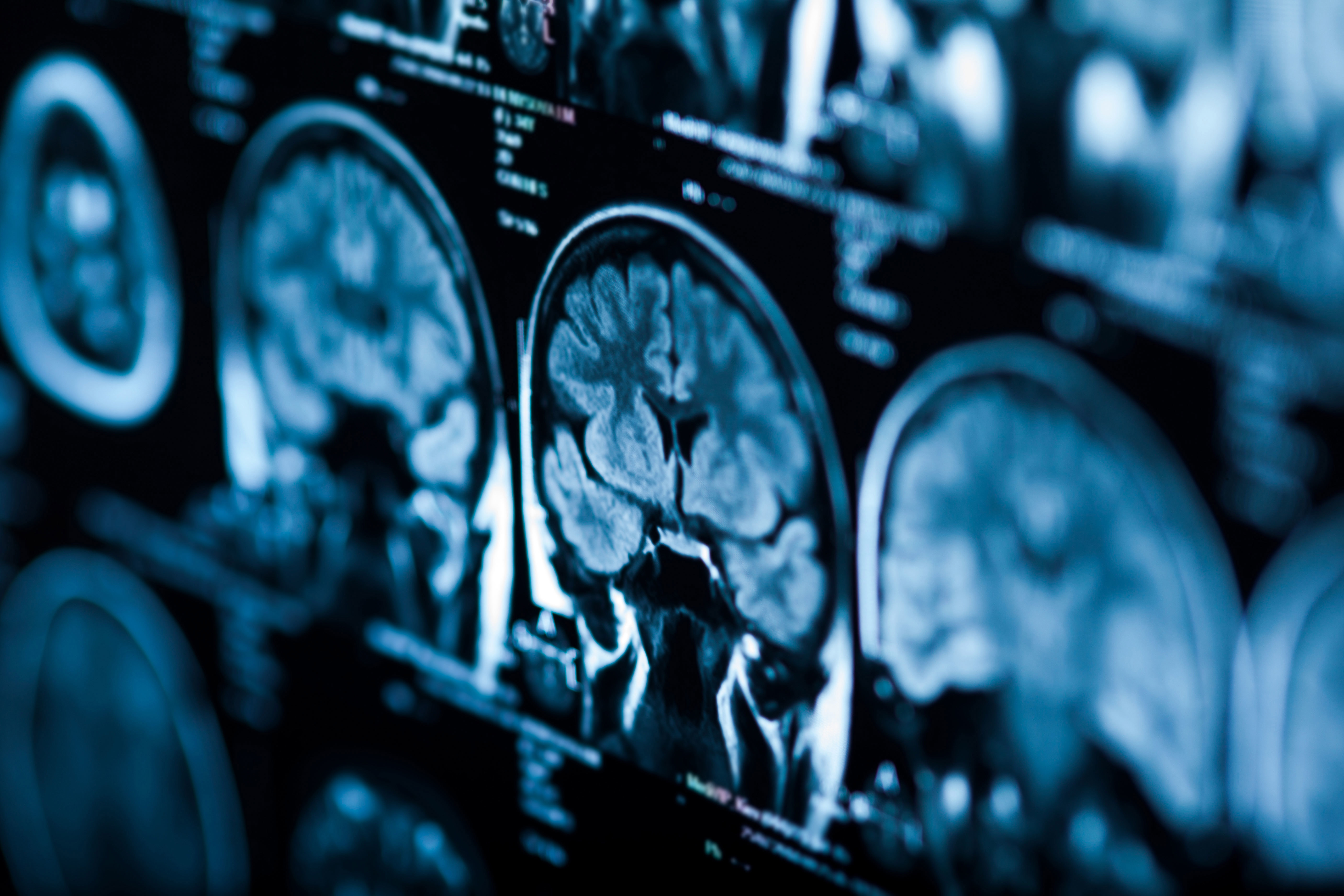An Australian study has claimed that traditional treatment of Alzheimer’s disease, involving the targeting of amyloid plaque in the brain, is not essential to improving cognitive function.
University of Queensland’s Dr Gerhard Leinenga called his team’s findings “a significant step” towards effective treatment of Alzheimer’s.
The study, published today in Molecular Psychiatry, challenges the conventional notion in Alzheimer’s disease research to target and clear amyloid plaque.
READ MORE: How doctor found astonishing way to ‘talk’ with patients in vegetative state
Amyloid plaques are clumps of protein that can build up in the brain and block communication between brain cells, leading to memory loss and other symptoms of Alzheimer’s disease.
Previous studies have focused on opening the blood-brain barrier with microbubbles, which activate a cell in the brain and clears the plaque, Leinenga said.
“But we used scanning ultrasound alone on mouse models and observed significant memory enhancement.”
Leinenga said the finding showed ultrasound without microbubbles can induce “long-lasting cognitive changes” in the brain, and memory improvement.
“Ultrasound on its own has direct effects on the neurons, with increased plasticity and improved brain networks,” he said.
“We think the ultrasound is increasing the plasticity or the resilience of the brain to the plaques, even though it’s not specifically clearing them.”
There are 411,100 Australians living with dementia, according to latest government data.
Based on the 2023 figures, that is the equivalent of 15 people with dementia per 1000 Australians, which increases to 84 people with dementia for every 1000 aged 65 and over.
Alzheimer’s disease causes the brain to shrink and brain cells to eventually die.
It is the most common cause of dementia – a gradual decline in memory, thinking and behaviour.
On average, people with Alzheimer’s disease live between three and 11 years after diagnosis. But some can live 20 years or more.
READ MORE: Cyber ‘axis of evil’ poised to strike Australia
Professor Jürgen Götz, also with the Queensland Brain Institute, said the effectiveness of ultrasound therapy varied depending on the frequency used.
Two types of ultrasound waves were tested, he said, emitted at two different frequencies.
“We found the higher frequency showed superior results, compared to frequencies currently being explored in clinical trials for Alzheimer’s disease patients.”







